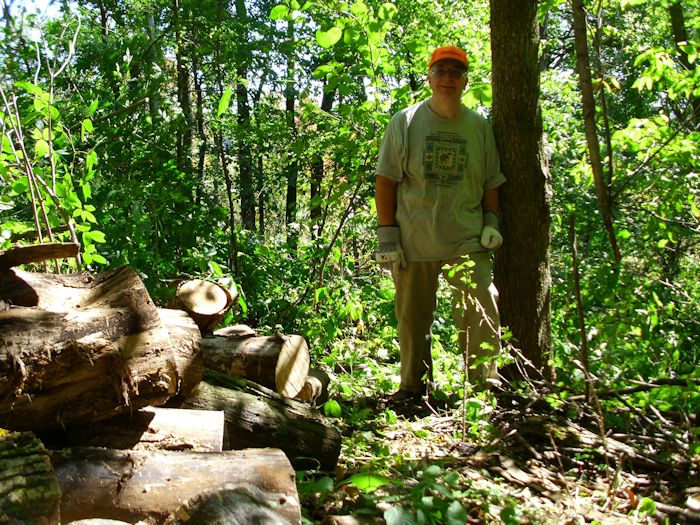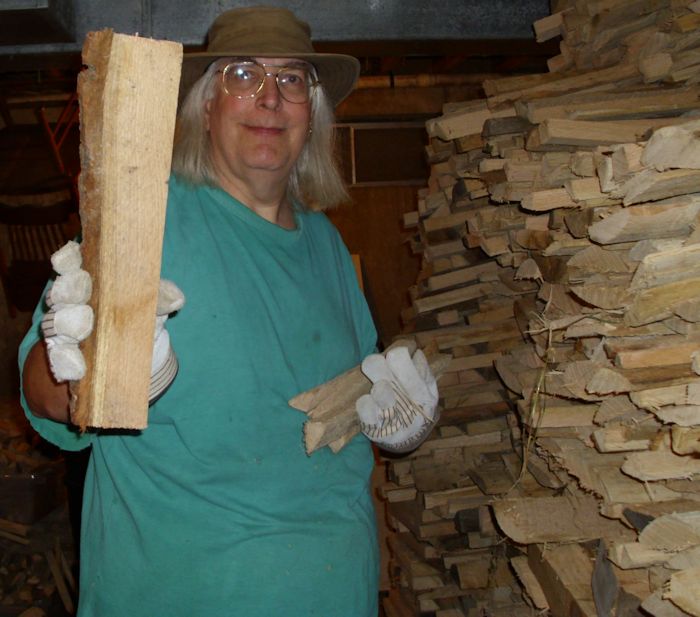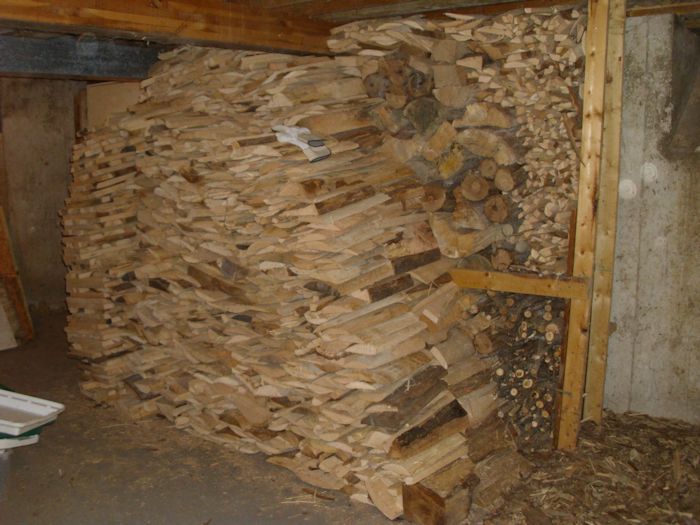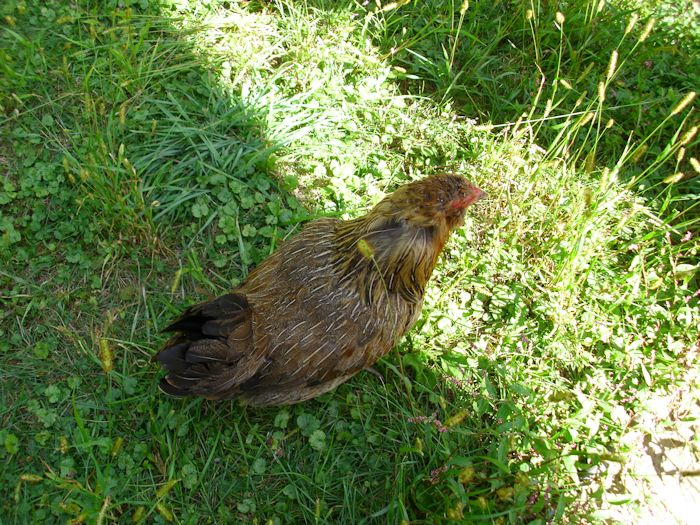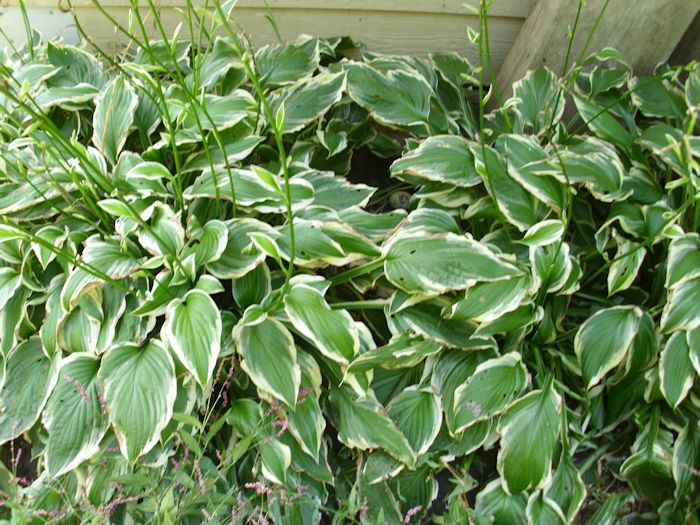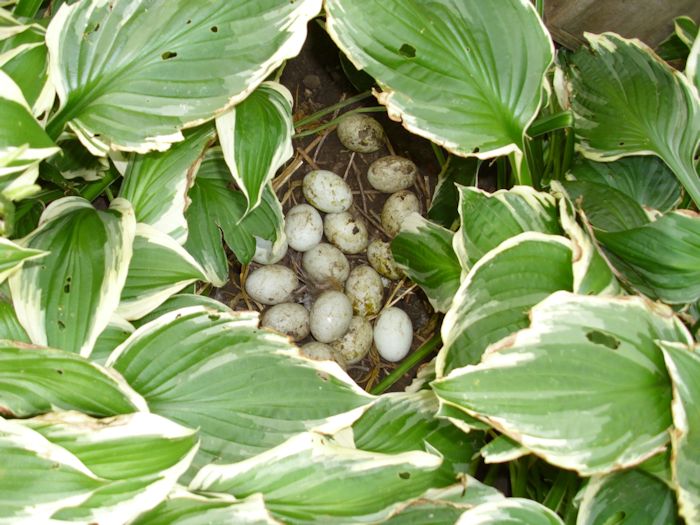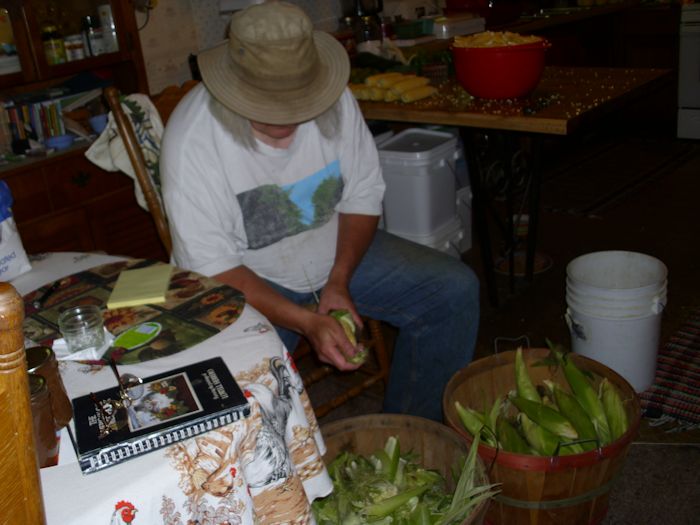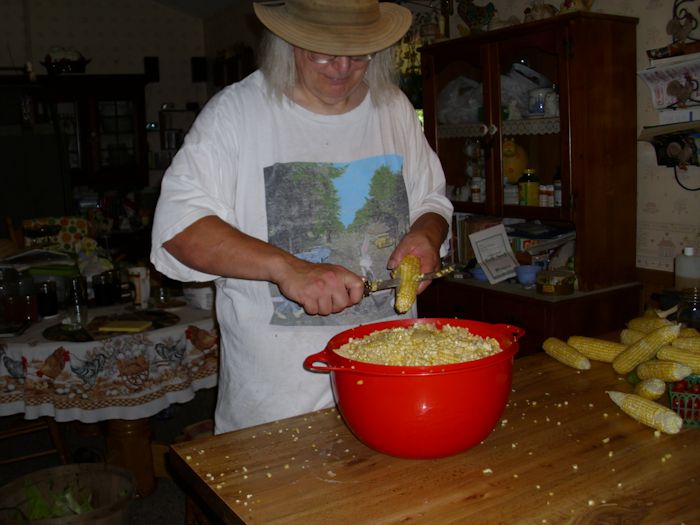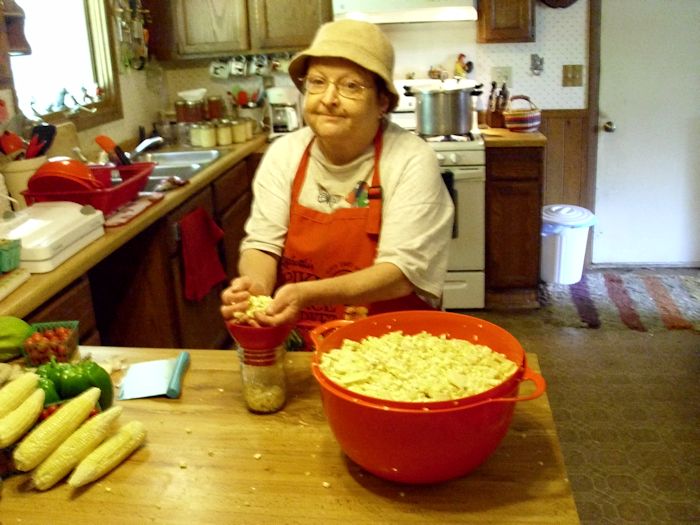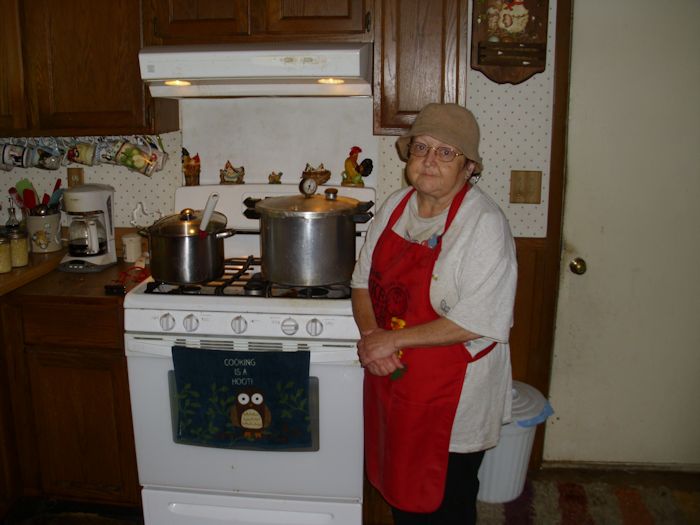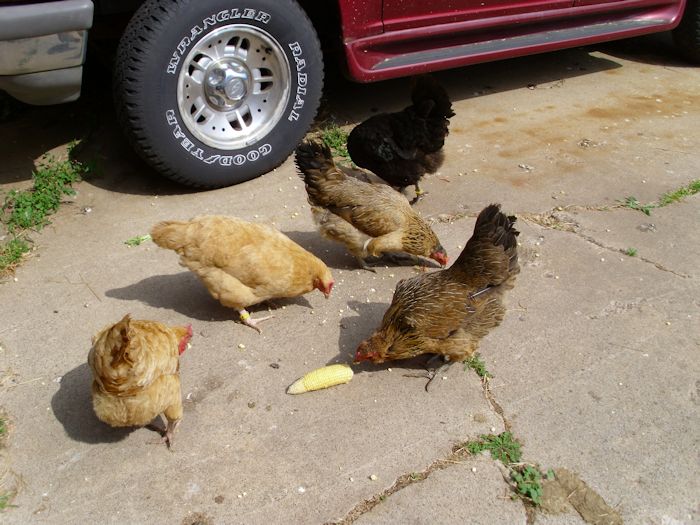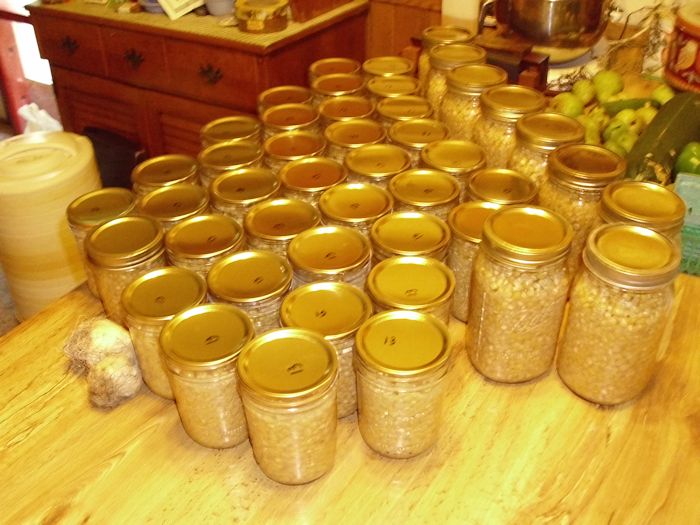I’ve received more than a few e-mails over the years about the seeming impossibility of working closely with a spouse in our self-sufficiency efforts. Actually, husband and wife working together toward a common goal used to be the normal experience—working separately is a modern event and one that probably isn’t very good for relationships at all. In Making Self-Sufficiency Relationships Work I talk about the need for respect. Doing simple things that mean so much when it comes to displaying your respect for the other person and not simply assuming the other person knows that you respect them. As important as respect is to a self-sufficiency relationship, encouragement is even more important.
Rebecca and I encourage each other daily in both small and large ways. A peck on the cheek when the other person looks down is just the tip of the iceberg—sometimes the other person needs a hug instead. Being the other person’s cheerleader is a major part of keeping the other person active so that the two of you can meet the requirements you’ve set for your self-sufficiency efforts. A little encouragement goes a long way toward making an impossible goal quite achievable. Doing the impossible with less than nothing at times has become a somewhat common occurrence in our relationship. Believing that you can do something is an essential element in actually doing it. Knowing the other person believes in you too tips the scales in your favor.
Of course, the other person can fail despite the best encouragement we can provide. When failure occurs, it’s time to think about the failure and assess what went wrong. There are actually benefits to failure and failure is a natural part of life. Sometimes a little more encouragement will help the person get back up and try again. Other times, you must conclude that you’ve learned one more way to avoid failure and move on to something new. The point is that failure doesn’t mean the encouragement or idea were ill conceived or wasted—it simply means that you need to do something different. The world is full of untried possibilities, so pick one and give it a try.
When it comes to self-sufficiency, partnering with someone who understands the benefits of both respect and encouragement is a far smarter choice than choosing someone with skills. Anyone can learn a skill—not everyone can encourage another person and there is most definitely a lack of respect between people today. If you’re just starting your self-sufficiency efforts, don’t become discouraged. Anything worth doing takes time and patience, and requires a partner who both encourages and respects you. Certainly, the two of us have done both for each other over these many years. Let me know your thoughts about encouragement and respect at [email protected].

